As cities grow, so does the value of preserved green spaces. Urban nature reserves are more than just patches of trees—they’re biodiversity hotspots, carbon sinks, and sanctuaries for both humans and wildlife.
For travellers, they provide refreshing pauses between museum visits and market strolls. Whether you’re after a silent trail or a selfie with a giraffe, these reserves prove nature and city life can coexist beautifully.
Global urban escapes
Picture/Joburg.co.za
The Wilds – Johannesburg
Once abandoned and overgrown, The Wilds has been transformed into a lush, safe sanctuary for city dwellers. Meandering trails connect water features, indigenous gardens, and colourful mosaics by artist James Delaney. Dassies peek from the rocks, birds chatter in the canopy, and locals stroll or picnic in peace, often with skyline views in the background.
Tijuca National Park – Rio de Janeiro – Brazil
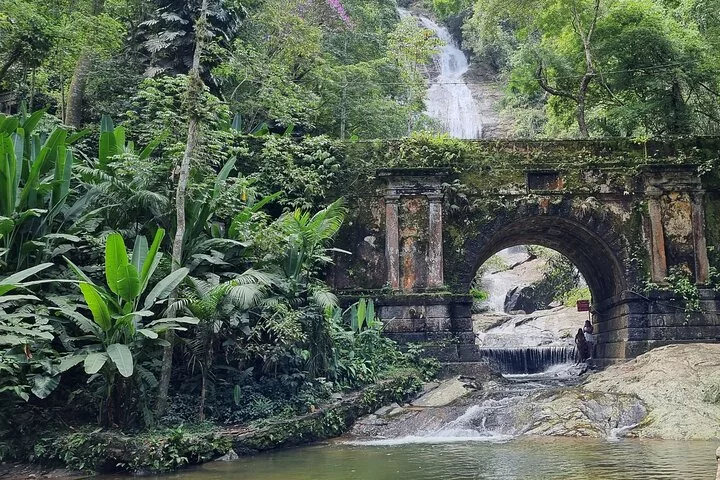
Picture/Pelago
It’s hard to believe this dense Atlantic rainforest sits within one of Brazil’s busiest cities. Tijuca is one of the largest urban forests on the planet. Trails weave past waterfalls, caves, and exotic plants. If you’re lucky, you might spot toucans or marmosets. The hike up to Pico da Tijuca is steep but offers views that make every step worthwhile.
Sanjay Van – Delhi, India
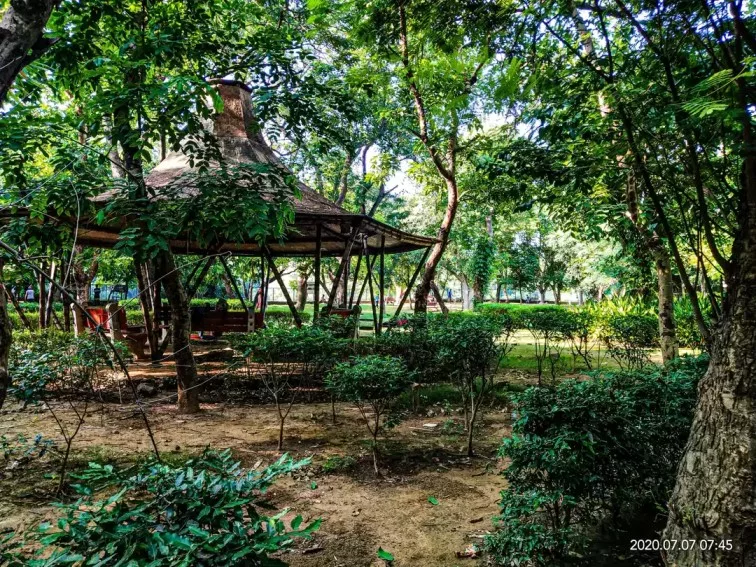
Picture/Tripoto
Cradled between Delhi’s southern neighbourhoods, Sanjay Van offers a green escape filled with neem trees, ruined tombs, and the occasional golden jackal. It’s popular with birdwatchers and morning walkers who come for the cool shade and the call of peacocks. The contrast between ancient stonework and vibrant wildlife makes it feel like a forgotten jungle within the city.
Lane Cove National Park – Sydney, Australia
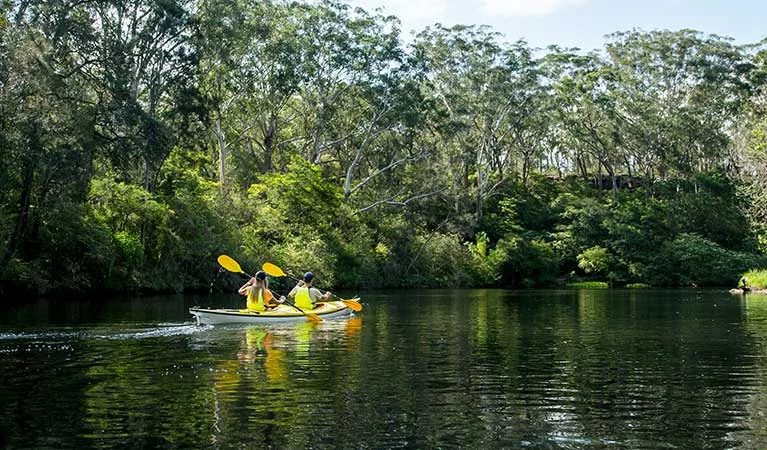
Picture/NSW National Parks
Just a short drive or train ride from Sydney’s CBD, Lane Cove offers a classic Australian bushland experience without needing to leave town. Visitors can kayak along the river, hike quiet trails, and spot kookaburras or wallabies. While many flock to Sydney’s coastal walks, this gem is perfect for those wanting a quieter, inland experience.
Natur-Park Schöneberger Südgelände (Nature Park South Area) – Berlin, Germany
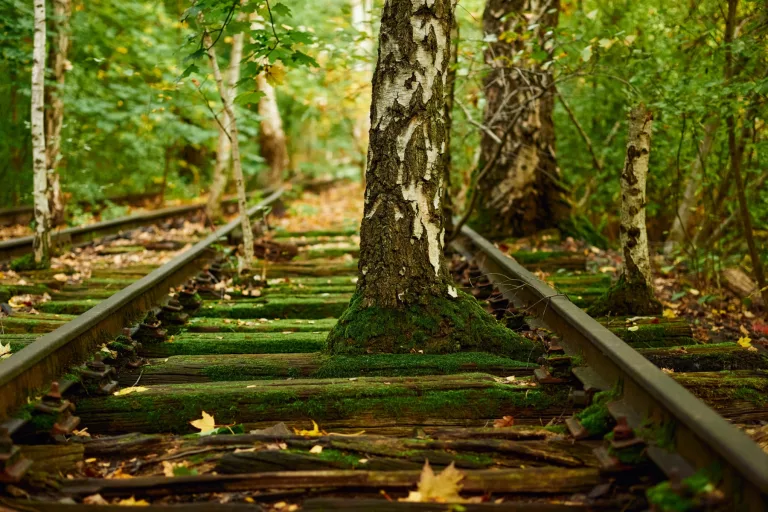
Picture/© Marco Zanin, Fabrica, per Fondazione Benetton Studi Ricerche via Detail
This unique nature park blends rewilding with industrial relics. Located on the site of a former railway yard, it combines untamed green growth with rusting locomotives and art installations. It’s Berlin at its best—creative, wild, and full of surprises. Trails lead past wildflowers, birch trees, and old train tracks now blanketed in moss.
Mukuvisi Woodlands – Harare, Zimbabwe
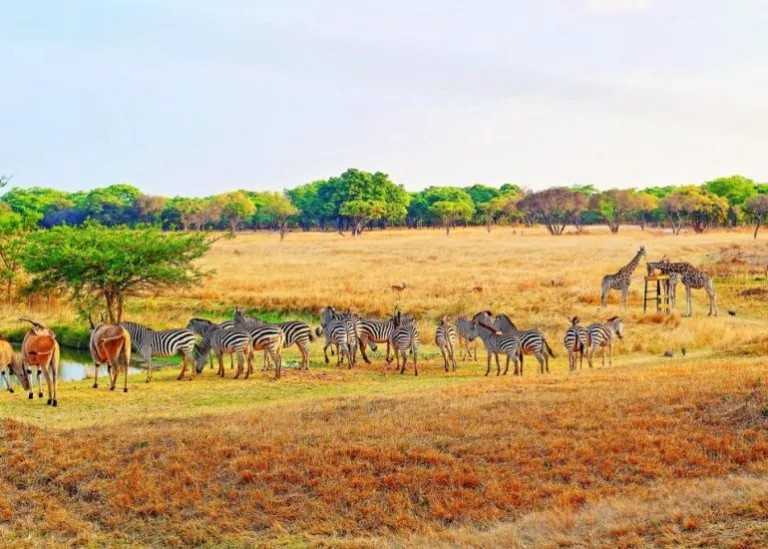
Picture/Zimbabwe Tourism Authority
Imagine seeing giraffes and zebras just minutes from the city centre. Mukuvisi Woodlands is not only home to over 270 bird species but also larger game like impalas and warthogs. A favourite for school groups and families, it’s both an educational and recreational spot that celebrates Zimbabwe’s natural heritage.
Stanley Park – Vancouver, Canada
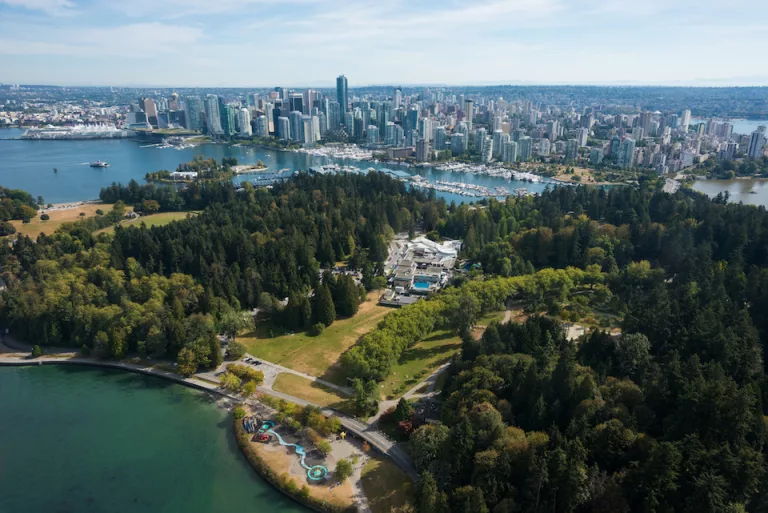
Picture/Vancity Slingshot
Bordered by ocean and skyscrapers, Stanley Park is more than just green space—it’s a rainforest on a peninsula. With towering cedars, quiet lakes, and miles of trails, it’s perfect for biking, birding, or simply soaking up the scent of pine. Raccoons, herons, and even coyotes call this park home, and the famous Seawall offers stunning views of both nature and the city.
Nairobi National Park—Nairobi, Kenya
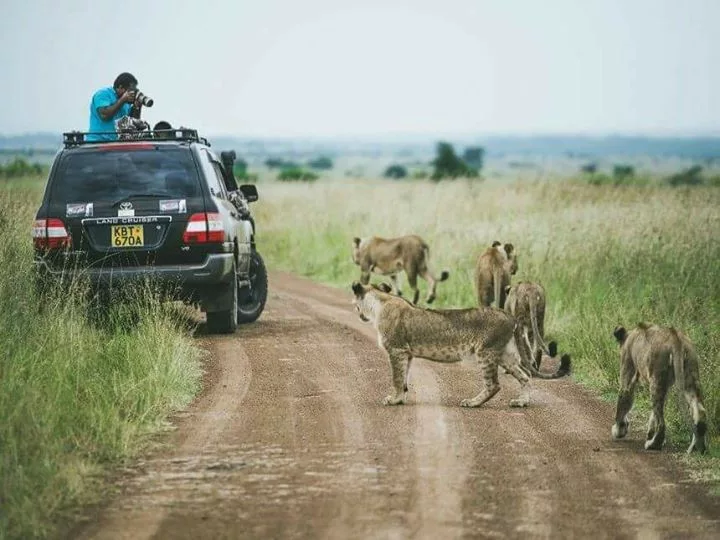
Picture/Nairobi National Park
No list would be complete without the wildest of all urban reserves. Just outside central Nairobi, this national park is home to lions, rhinos, buffalo, and more, with the city skyline dramatically rising behind the acacia trees. Safari drives here feel surreal, and it’s one of the only places in the world where you can photograph a giraffe against skyscrapers.
ALSO READ: Bush bingo: Make your next safari fun and educational for the kids
Hidden gems to watch
Even in cities that aren’t globally famous for green spaces, there are growing efforts to reclaim and preserve urban biodiversity. These hidden gems are well worth the detour:
Klipriviersberg Nature Reserve – Johannesburg
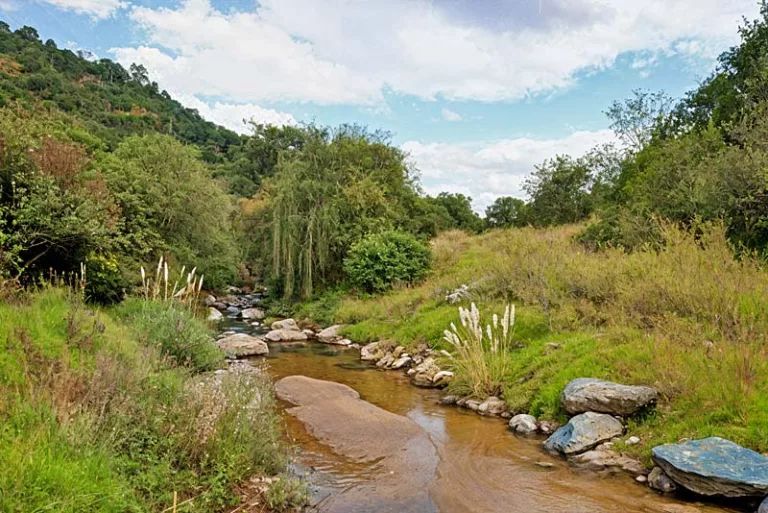
Picture/Where To Stay
Tucked into the southern suburbs, this reserve is home to antelope, zebra and over 200 bird species. It’s a popular hiking destination for locals wanting to escape Jozi’s pace for a few hours.
Marievale Bird Sanctuary – Gauteng
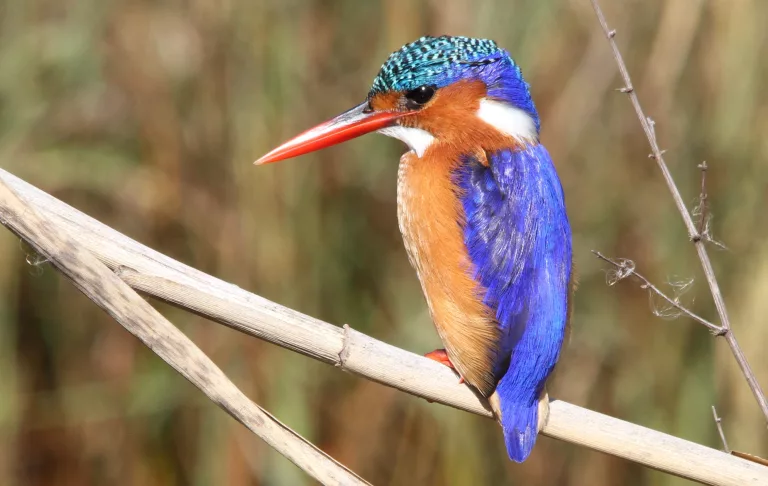
Picture of Malachite Kingfisher/Wikipedia
Just outside Springs, this wetland reserve is a haven for serious birders. With reed beds, observation hides, and few tourists, it’s a peaceful spot for spotting crakes, herons and spoonbills.
Table Bay Nature Reserve – Cape Town

Picture/SA Venues
A mosaic of coastal wetlands, salt pans and dune systems, this reserve sits quietly behind the urban sprawl of the West Coast suburbs. Great for migratory birds and botanists alike.
Bukit Timah Nature Reserve – Singapore

Picture/ STB Content Hub via AFAR
Singapore’s oldest reserve is small but incredibly biodiverse, with ancient rainforests and macaques. A steep climb up Bukit Timah Hill offers a glimpse into what the island once looked like.
How to make the most of an urban nature reserve
- Go early to avoid crowds and catch birds or wildlife at their most active.
- Pack light, but bring water, sun protection, and insect repellent.
- Join a local tour, especially in lesser-known or dense reserves. They often add cultural or ecological context.
- Look out for art, heritage or history—many urban reserves are former estates, railway yards or cultural sites.
- Leave no trace, and remember these spaces are not just recreational—they’re homes for hundreds of species.
Follow us on social media for more travel news, inspiration, and guides. You can also tag us to be featured.
TikTok | Instagram | Facebook | Twitter
ALSO READ: Ten bucket-list hikes across Africa that fly under the radar

